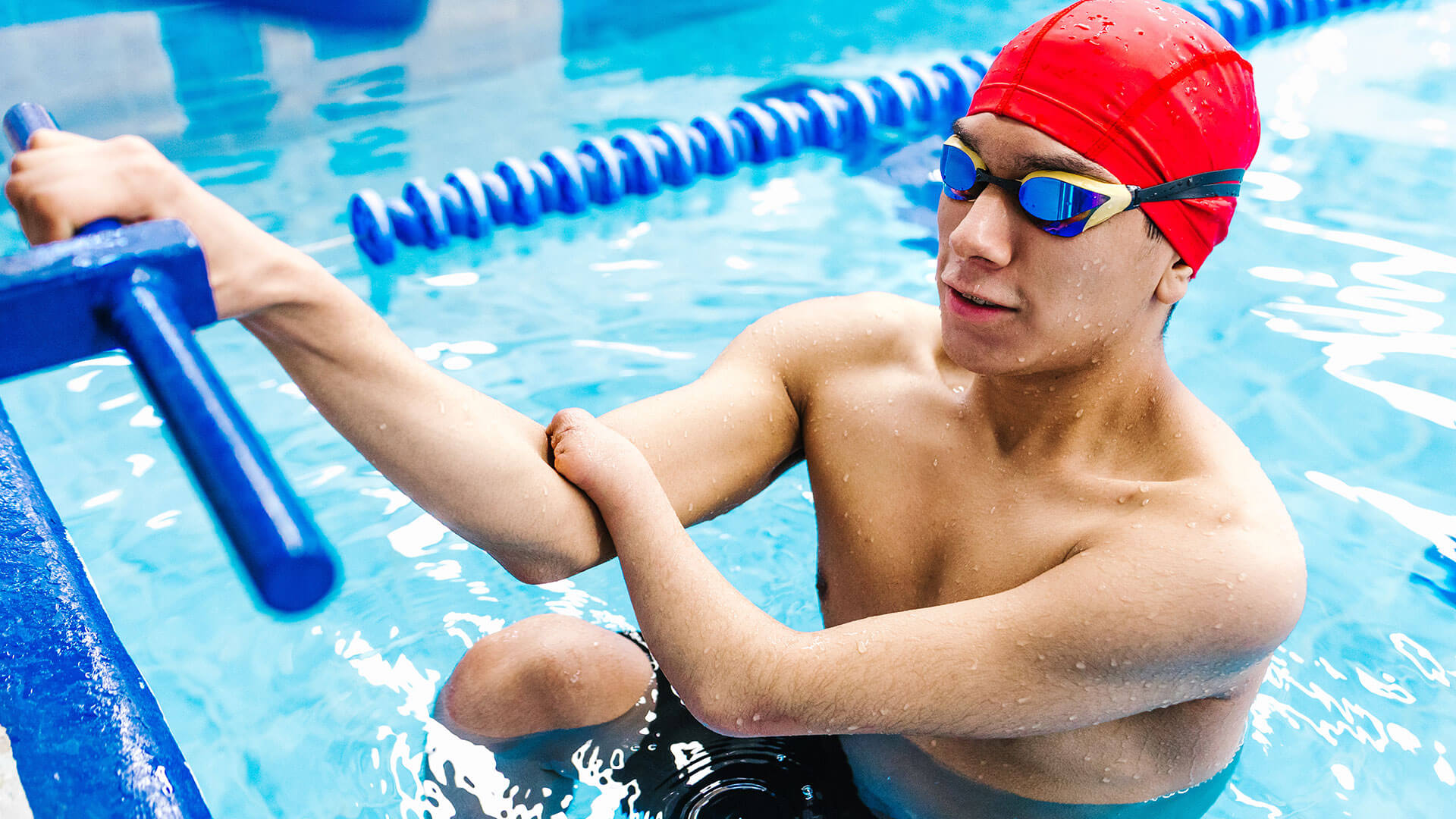
What does inclusion look like in your in organisation?
Although the Olympics and Paralympics are soon to be filed away as not-so-distant memories of 2021, during the Games coverage two headlines caught my eye causing an internal conflict that I just can’t shake. One caused feelings of deep visceral outrage, where the other made me feel so proud. Both were about Paralympians, human rights, and the United States Olympic & Paralympic Committee (USOPC).
The first one read “Becca Meyers, six-time Paralympic medalist, withdraws 2021 Olympics after being denied medical accommodation”.
The second “US Paralympic athletes will receive equal pay for the first time at the Tokyo Olympics.”
One highlights how far we’ve come, where the other shows just how far we still have to go.
For context of the first article, in Becca’s words “the USOPC has denied a reasonable & essential accommodation for me, as a deaf-blind person to be able to compete in Tokyo, telling me repeatedly that I do not need a Personal Care Assistance (PCA) ‘who I trust’ because there will be a single PCA on staff that is available to assist me and 33 other Paralympic swimmers, 9 of whom are visually impaired.”
Within the Paralympian community some have shown their support for someone speaking up to address these human rights issues, where others like Roy Perkins have addressed these claims stating it is “not a human rights issue”.
Perkins goes on to say “This sounds horrible to the general public, who don’t realize that the majority of swimmers in every Games don’t have an assistant, despite often having disabilities which frankly are more severe than partial lack of sight and hearing…Full quadriplegic, fully blind, and intellectually impaired athletes have come without an assistant. Their teammates and the coaching staff helped them. They got through the Games safely and successfully. We build some character and learn to deal with doing sh*t we don’t necessarily want to do, living in non-ideal circumstances and leaning on each other while still performing at a high level.”
Let’s unpack this.
For anyone who has required personal care assistance or has provided this type of support to someone else, you know that the person is in a very vulnerable situation.
When reading Roy’s statement, on the surface it reads that the athletes are provided with support, though it raised the question was the support provided meeting the needs of the individual?
I believe you could argue no in both statements, it is just one person has decided to speak up where others before them have either tolerated the injustice or been ok with the support being provided by a stranger.
Simply, it is about choice.
It is a person’s right to choose who provides this very personal support, whether it is someone they trust or a stranger. It is about this choice being respected and listened to, to ensure their basic human rights are met. That is how it is a human rights issue.
When reading the second article I was humbled to read that in another instance, members of the Paralympian community’s basic human rights were met. For the first time US Paralympians efforts were being acknowledged equally at the beginning of the games, not an afterthought like in 2018.
It takes moments like this where we see a shift in the media, and what is ingrained into our subconscious mindset to showcase that people with disability are equally as talented as their able-bodied peers. This change starts will equal pay. This is a true reflection of inclusion, something we’re all striving for within the disability community.
Here in Australia, the National Disability Insurance Scheme (NDIS) is one of the systems in place working towards inclusion for people with disability to uphold their human rights. The NDIS is built on key community development principles to enhance and highlight the strengths at an individual and community level. As a Disability Provider, you may be asking yourself what does true inclusion look like for your organisation and the people you support, and what changes you can make to help piece together the human rights puzzle?
Follow these key themes to start your journey in promoting inclusion today:
Share skills and resources
This is about seeing the person for who they are, and what strengths and attributes they can offer. It is avoiding the traditional altruistic model which focuses on an able-bodied person having all the answers and skills. Instead, it means sharing the power, understanding that the only way to move forward is to listen and learn from one another. If you’re ever unsure, ask the experts, who in this instance are the people you support.
Identify community assets
Disability providers are just one piece of the human rights puzzle, it is important all staff, especially support staff are networking and exploring what different services and supports are in the community. These assets go further than government agencies, or other disability providers; it is the local community house, or the community garden down the road, or a peer support group, or a games club. The list is endless.
Create links and foster relationships
This is about forming relationships with the identified community assets and creating links between them and the people you support. It involves participation where a person is actively involved, rather than just attending. It is through these connections and relationships that true inclusion will be realised, and people with disability will have a wider choice on what is possible, and the opportunity to continuously learn from each other to shape a better more equal world.
Next Steps
Our team at Amergin are passionate about inclusion and supporting organisations to provide truly inclusive NDIS services to participants. To learn more, contact our Social Impact Consulting team today.